Porto is the second largest city in Portugal situated on the northern end of the Iberian nation, and this was the first stop on our weeklong tour of Portugal. The city straddles the hills along the Douro river, and its steep cobblestone alleys are lined with eye-catching colorful painted houses and well preserved medieval granite architecture. Porto was one of the main mercantile cities of the Portuguese kingdom, and is mainly known today for its production and exports of its namesake Port wine.
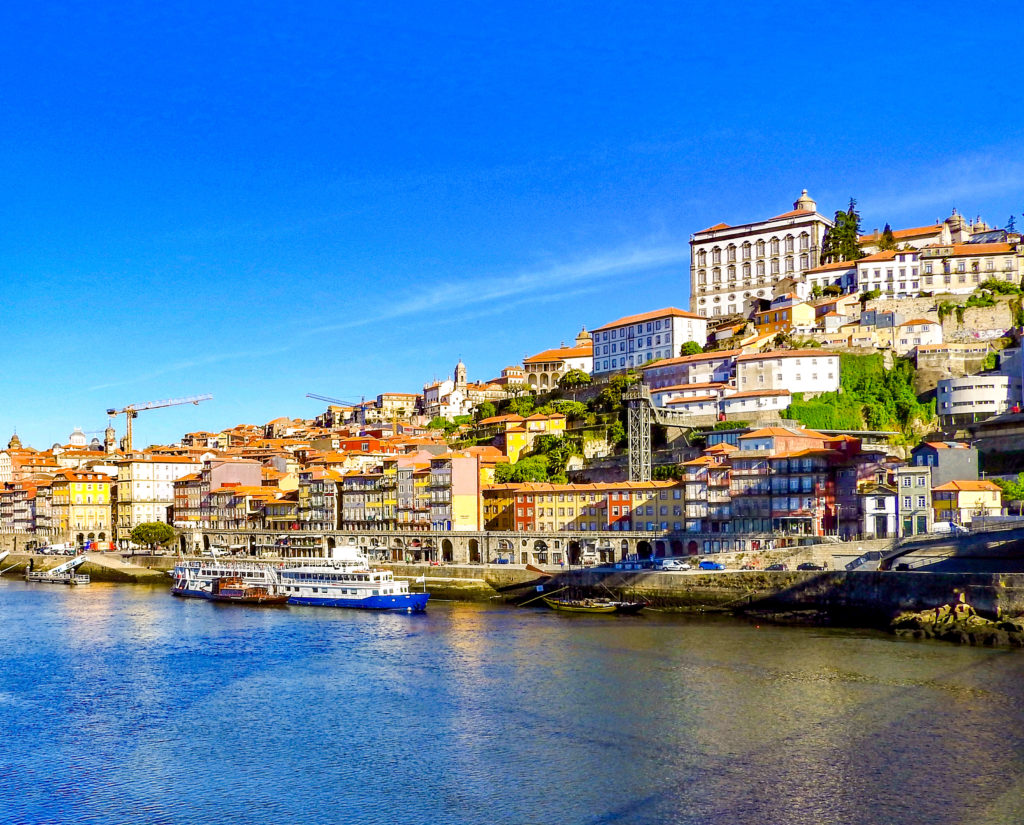
The colorful Porto Ribeira promenade
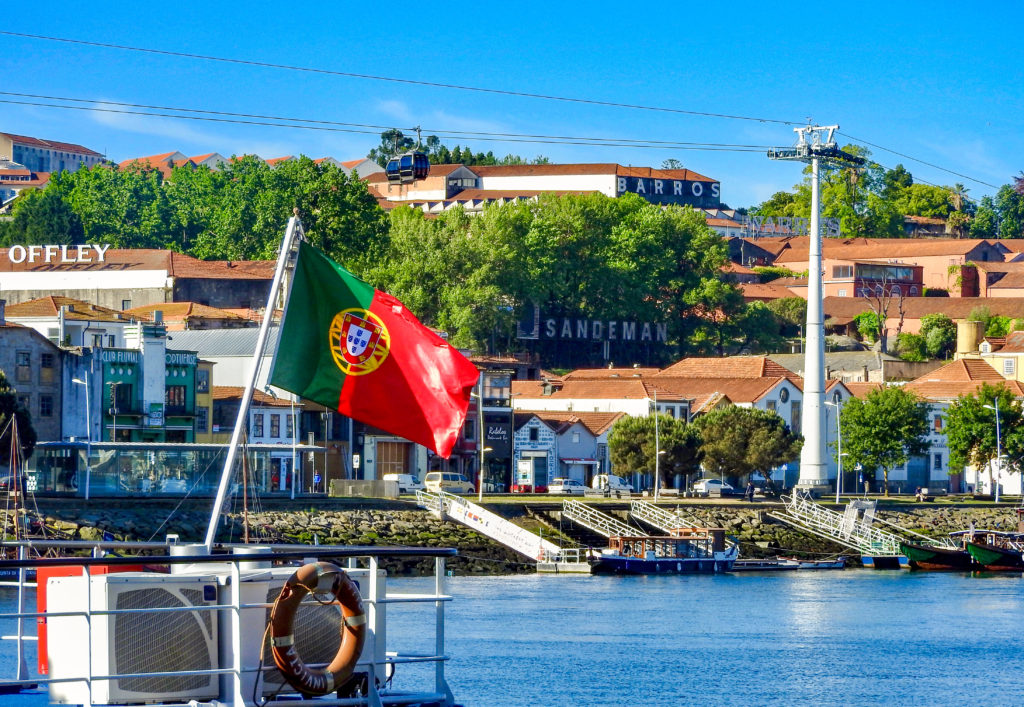
Potuguese colors flying proud
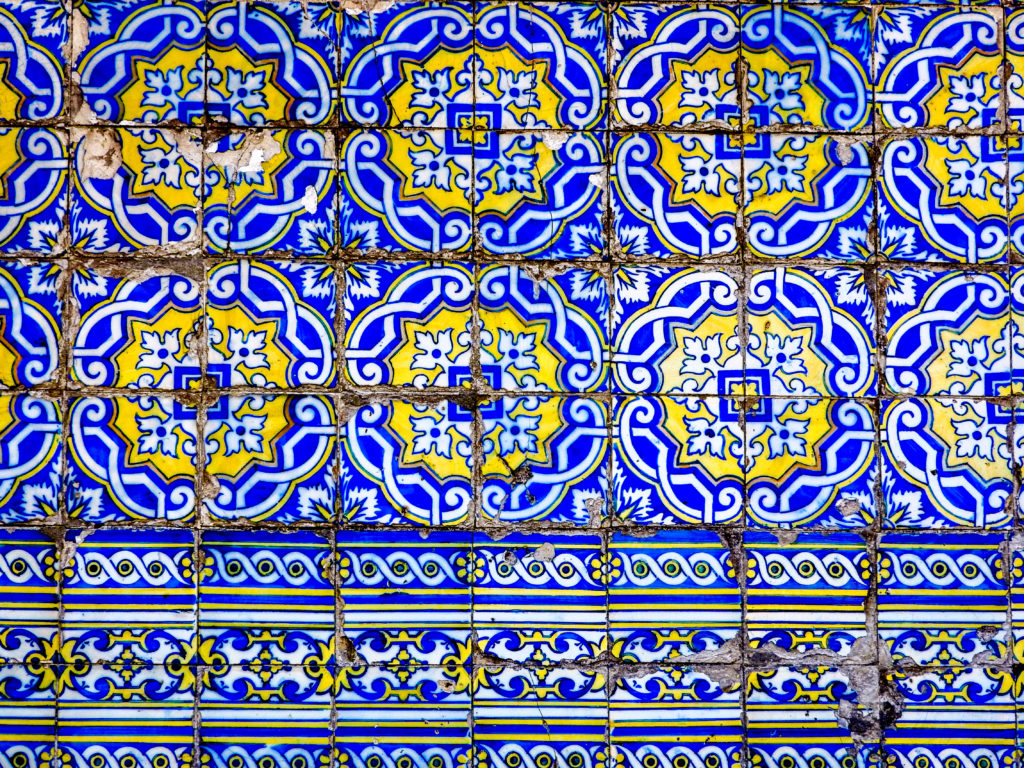
The ‘Azulejo’ glazed ceramic tiles are icons of Portugal and can be found on buildings throughout the country
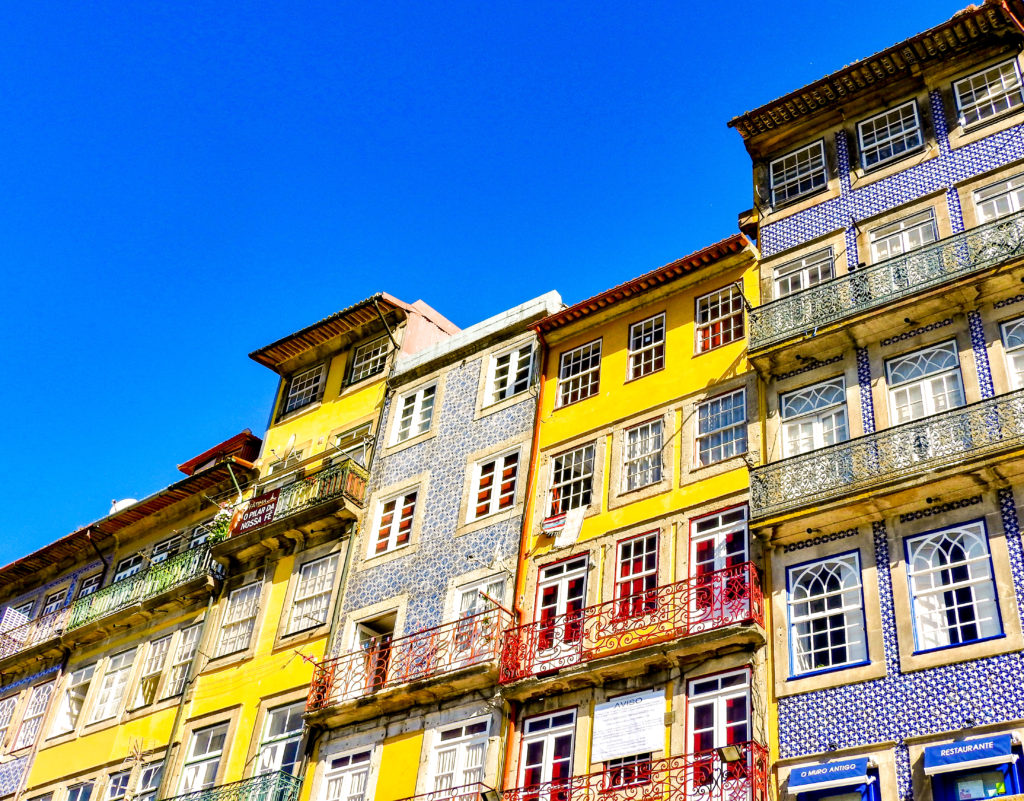
Colorful painted houses lining the alleys
Wine tasting and river cruise in the Douro valley
We fulfilled our duty to drink Port in Porto by embarking on a day long wine tasting tour of the picturesque Douro valley. The valley lays claim to be the ‘most beautiful wine region in the world’, and it sure didn’t disappoint. The region boasts steep terraced vineyards, set on rolling hills that rise from the banks of the Douro river which snakes its way through the valley down below. Some vineyards here apparently trace their origins to vines planted by the Romans over 2000 years ago – the first European vintners.
After a quick stop for some strong Portuguese espressos in the town of Pinhao to awaken us from the hour long drive from Porto, we headed to Velma Geracao, a Quinta (wine estate) that produces olive oil as well as traditional (non) port wines. After a brief walk through their olive oil pressing factory, we learned about their wine making process and began the main draw – wine & olive oil tasting. Of the varietals we sampled, the Rosé was by far everyone’s favorite and we kept going back for more pours.
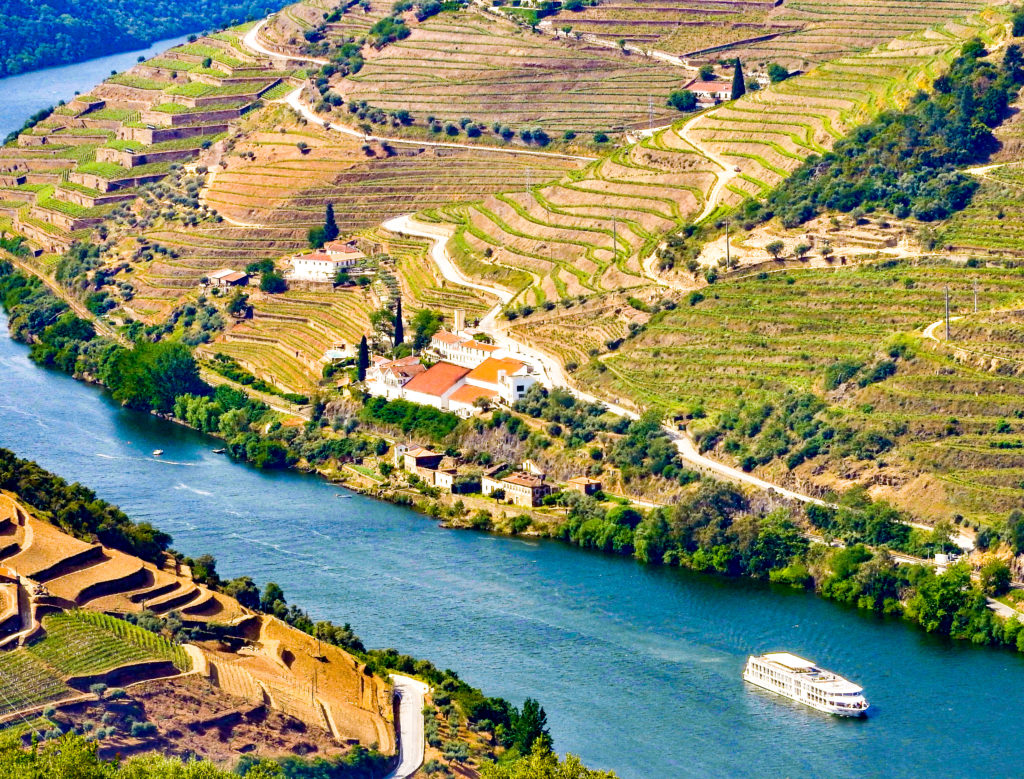
Picturesque Douro valley setting
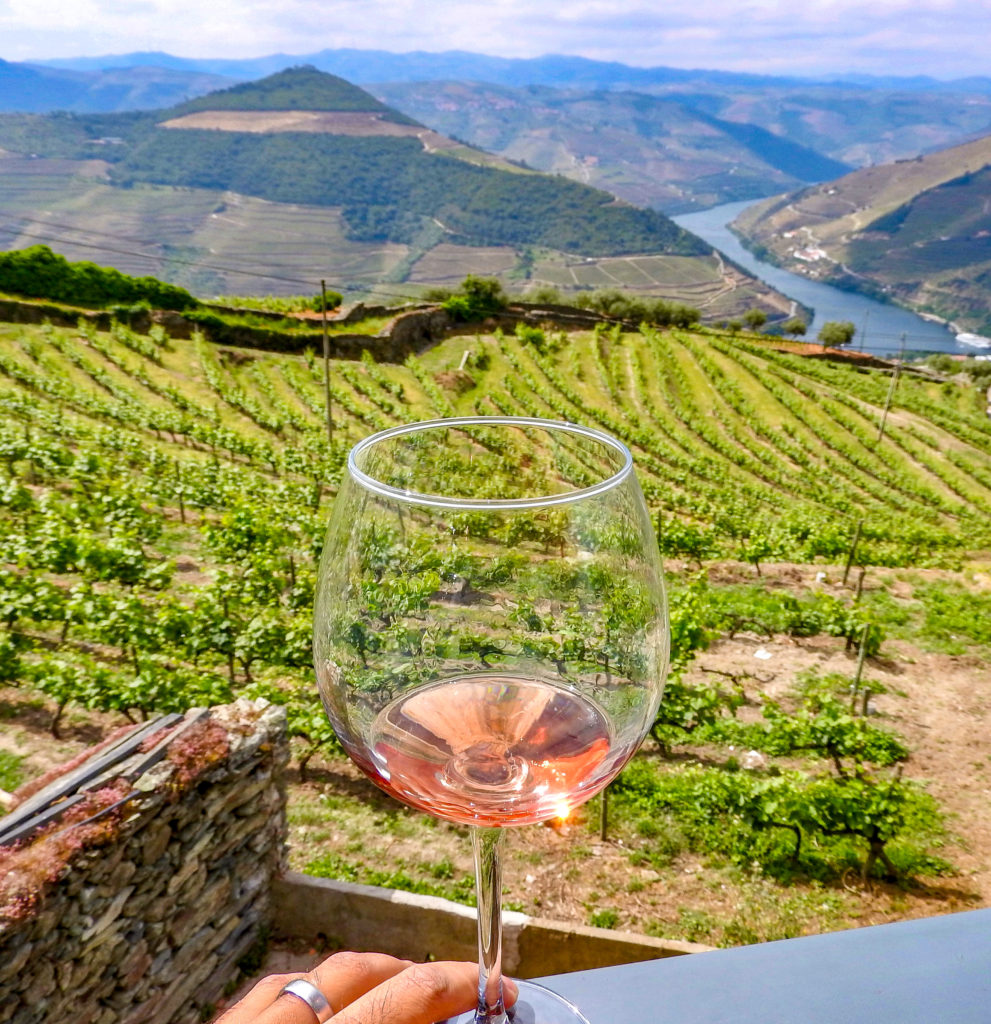
The views looked even better after sampling some of the Rosé
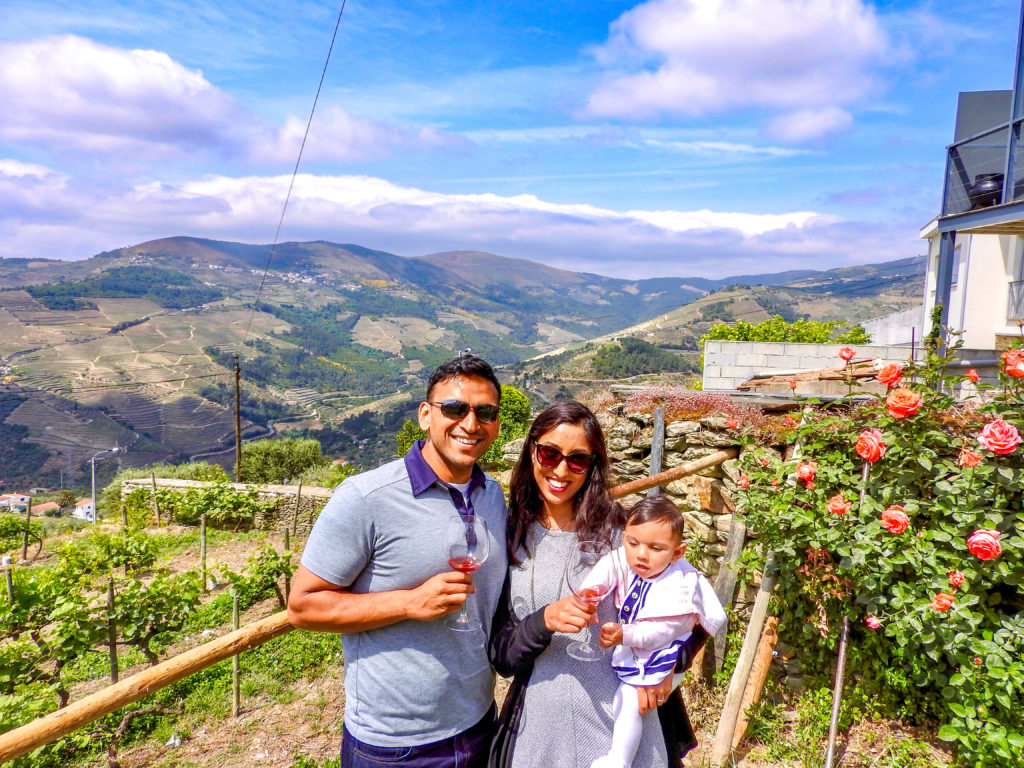
Even baby A wanted to get into the wine tasting spirit
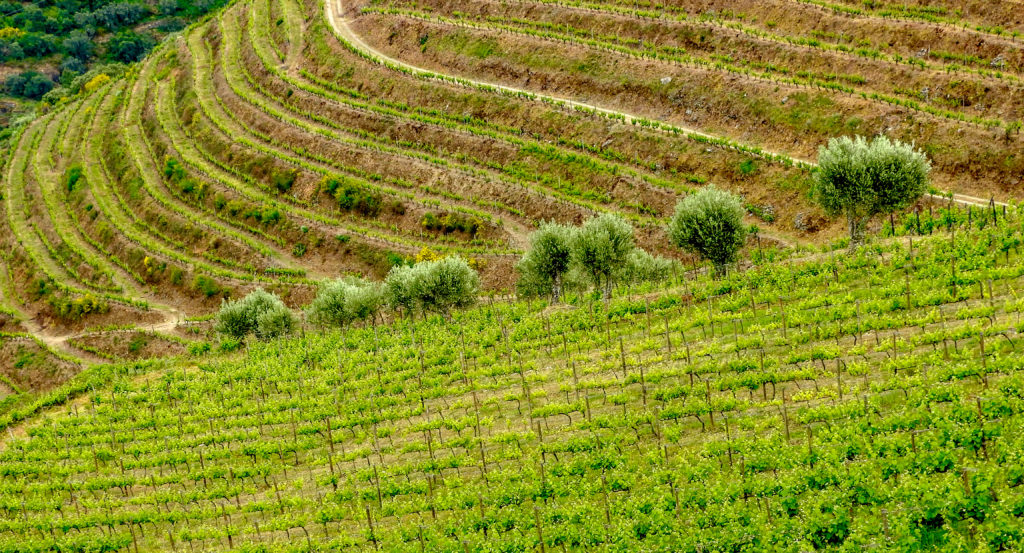
Vineyards and Olive trees dotting the hills
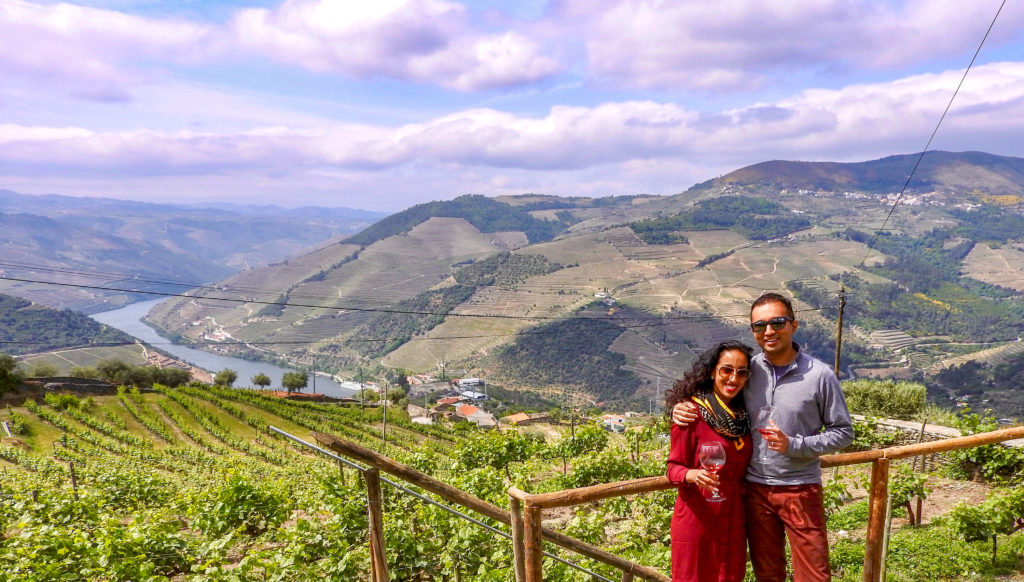
Perfect day and setting for some wine tasting
After taking numerous pictures of the picturesque vineyard setting we headed down the valley for a river cruise on the Douro. Being on the water and drifting lazily along the Douro, we were treated to very different views of the vineyards. Looking up at the hills, it was almost as if the green vines had been braided into the stepped terraces of brown shale rock. Signages on the vineyards proclaimed their ownership, and we learnt that majority of the Port wine labels are actually under British ownership. The Port-loving Brits went straight to the source in the early 1800s and kept ownership of most of the Quintas since then (hence the very English sounding brands such as Grahams, Dow, Taylor, Croft, etc).
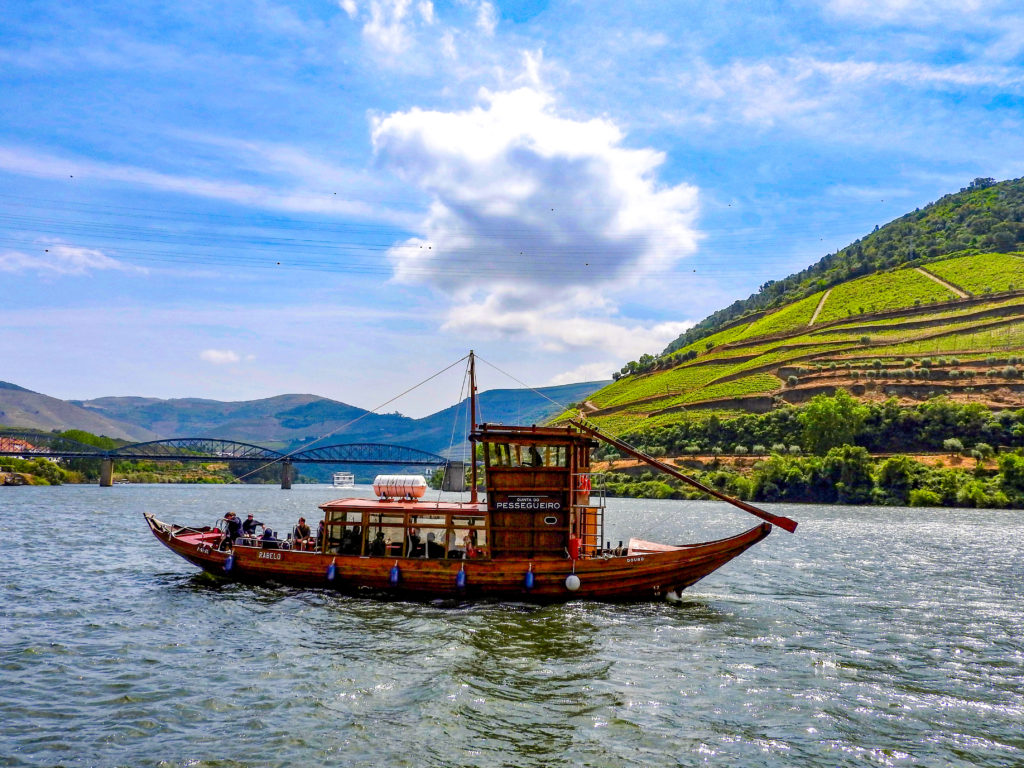
Waiting for our boat to embark on the river cruise
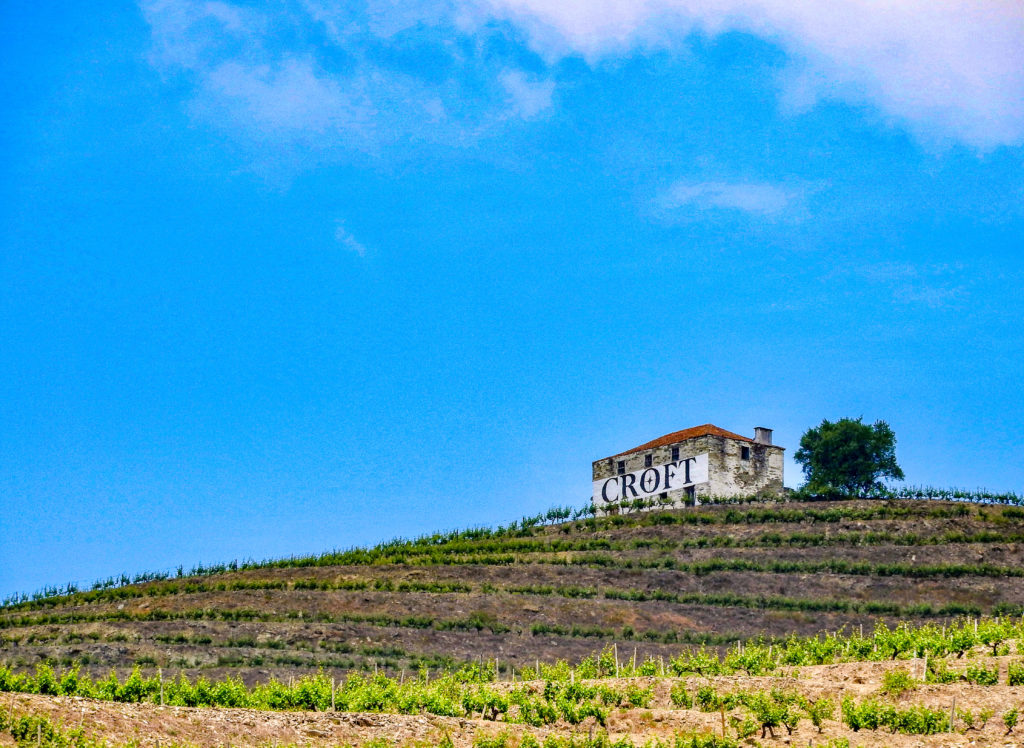
Views of the Quintas and their vineyards along the river
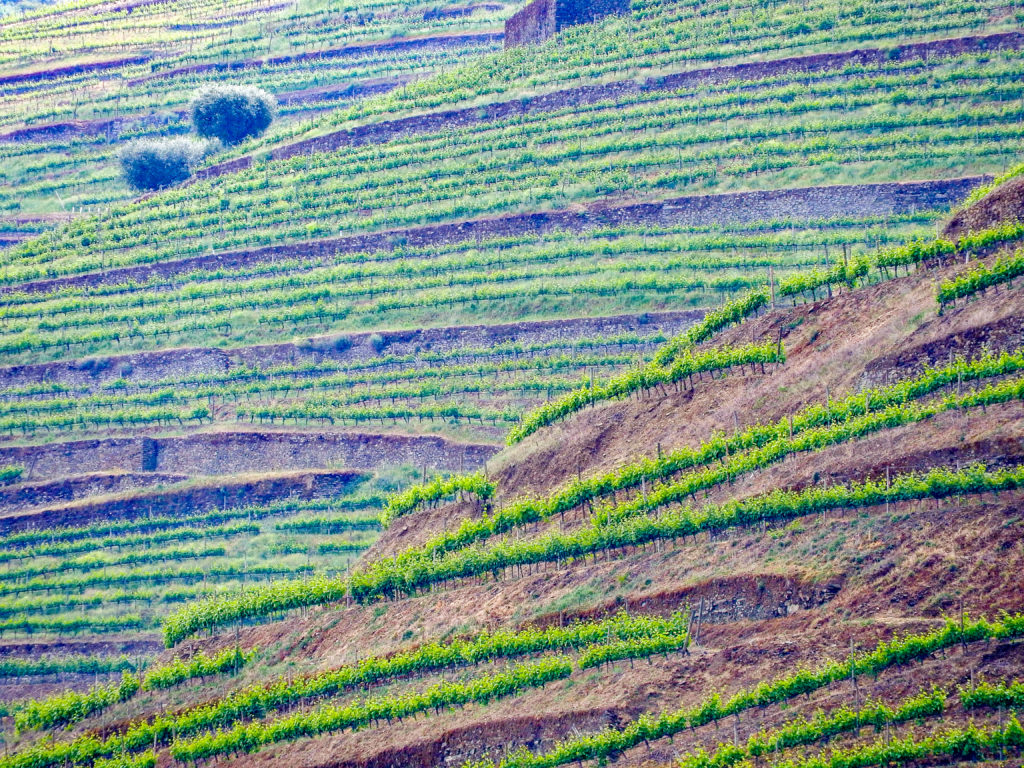
Vines growing on the hillside terraces
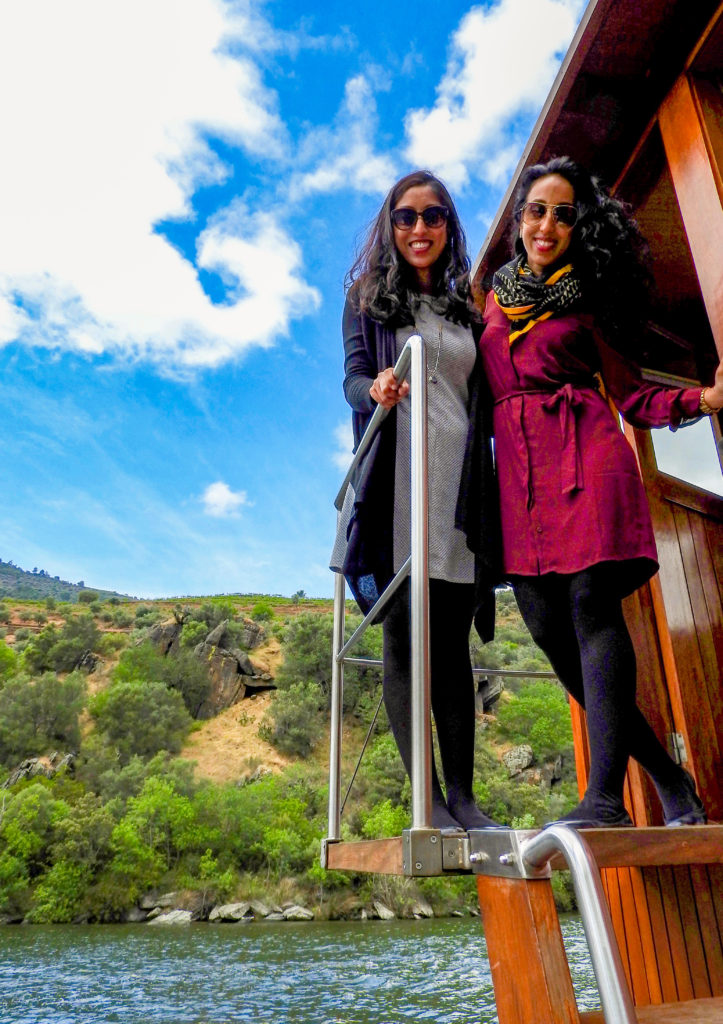
The ladies enjoying the cruise from above
We then stopped for lunch, and enjoyed some local fares while enjoying the views of the valley, accompanied by more wine of course. This was followed by the main attraction – Port tasting at Quinta Santa Eufemia. At this fifth generation winery, we were shown the Port wine making process – from how the grapes are stomped by foot in a huge granite stone tub to ensure the seeds and skins remain intact, to the alcohol fumes filled underground cellar lined with oak casks where the wines are set to mature.
What makes any Port wine a port is the fortification process, and what makes it a Tawny Port is the aging in oak barrels for 10 yrs or more. Similar to the Champagne region of France, only fortified wines produced in the Douro region can claim to be true Port wines. High alcohol content wine spirit (such as brandy, typically ~77% alcohol) is added to the wine early in the wine making process – this arrests the fermentation process and ensures the sugar content remains high. The best of both worlds – a wine that is mildly sweet, yet really high in alcohol, typically 19-22%. We finished the tour in style by sampling a few young ports, as well as some matured 10-yr oak barrel tawny versions. Saude (cheers)!
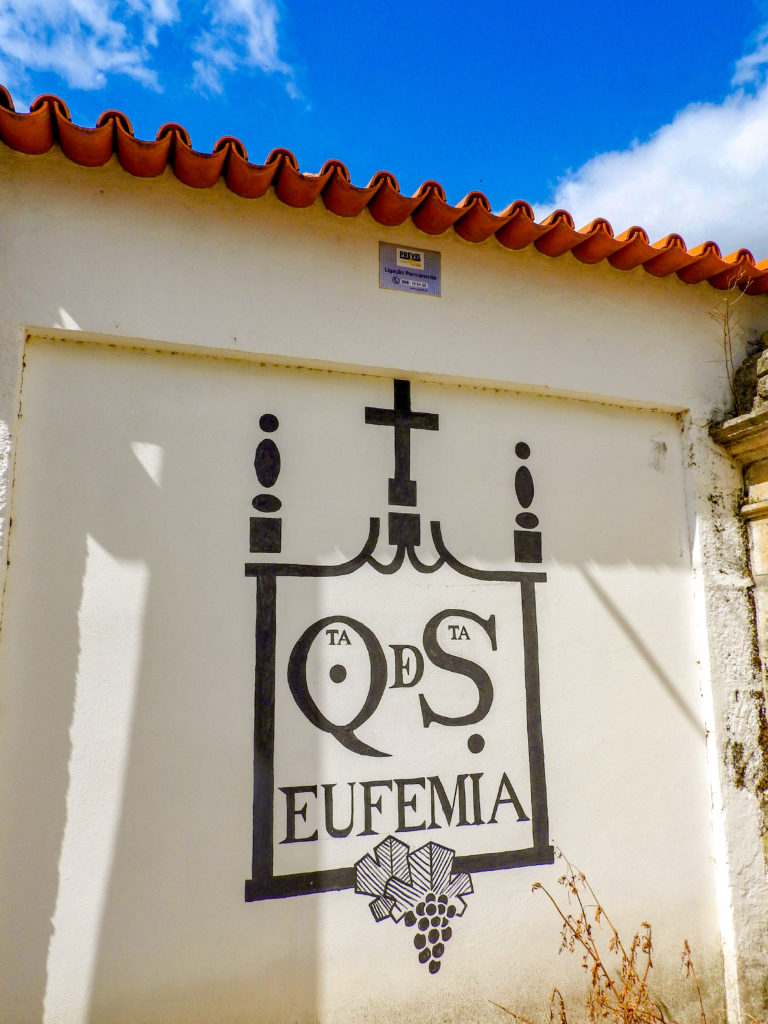
Entrance to Quinta Santa Eufemia
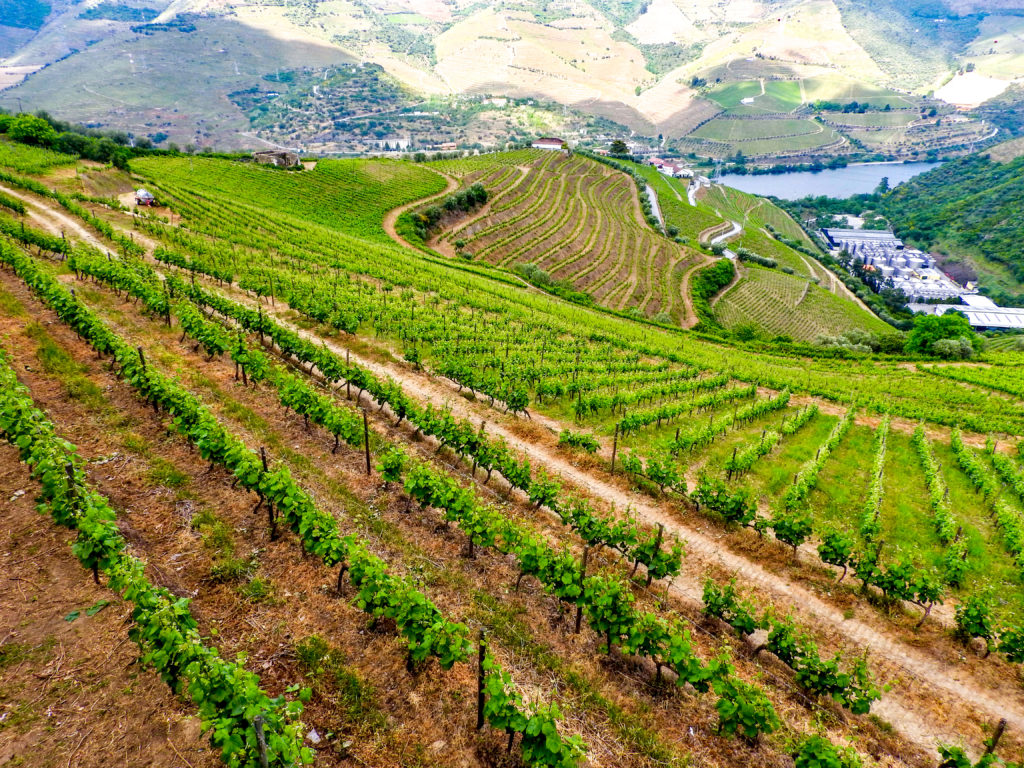
Vineyard views from the Quinta
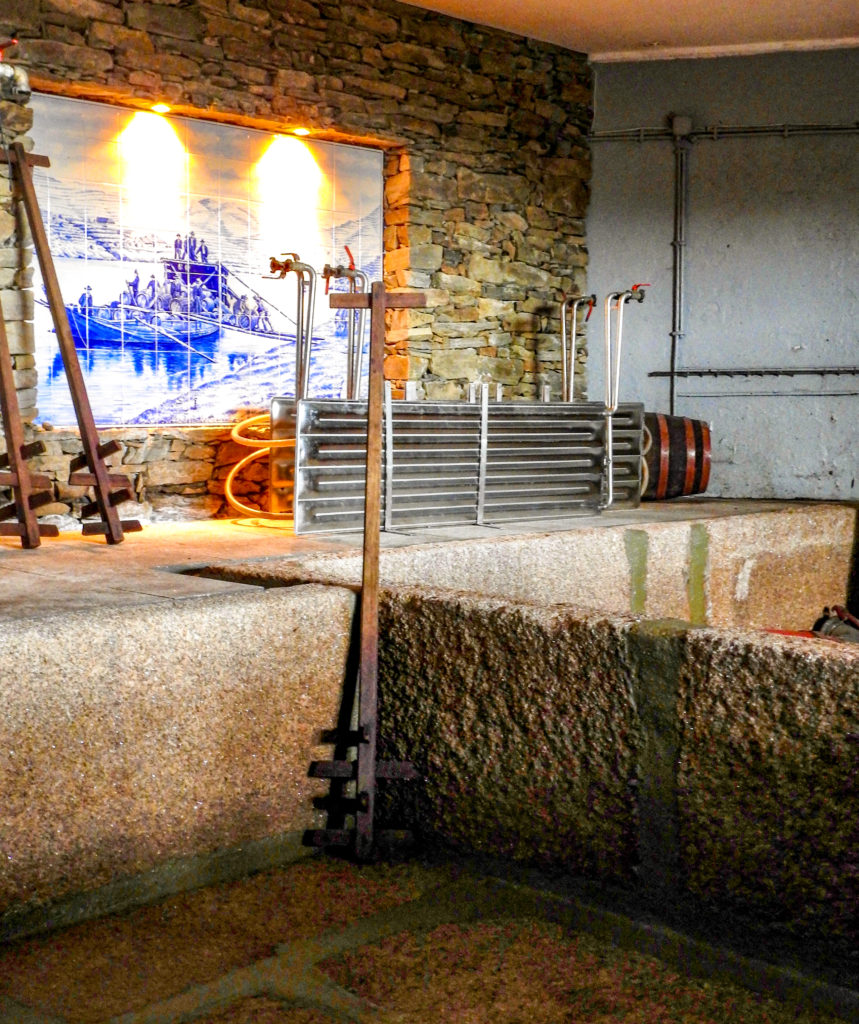
The granite wine pressing/stomping tub
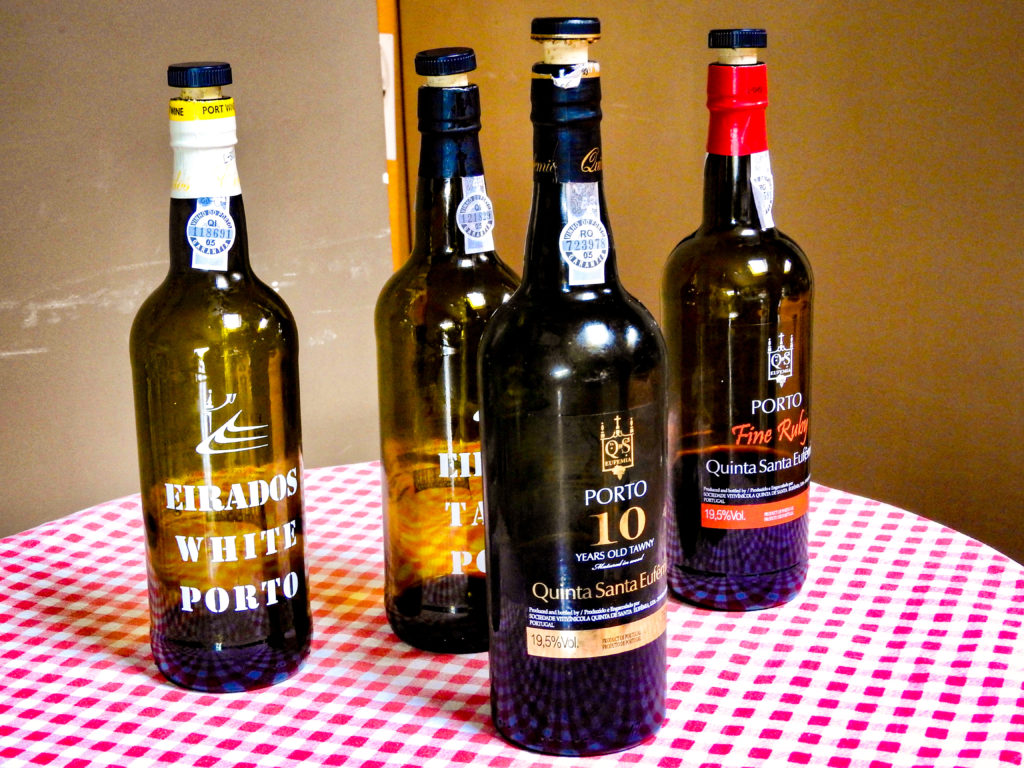
Ready for some Port!
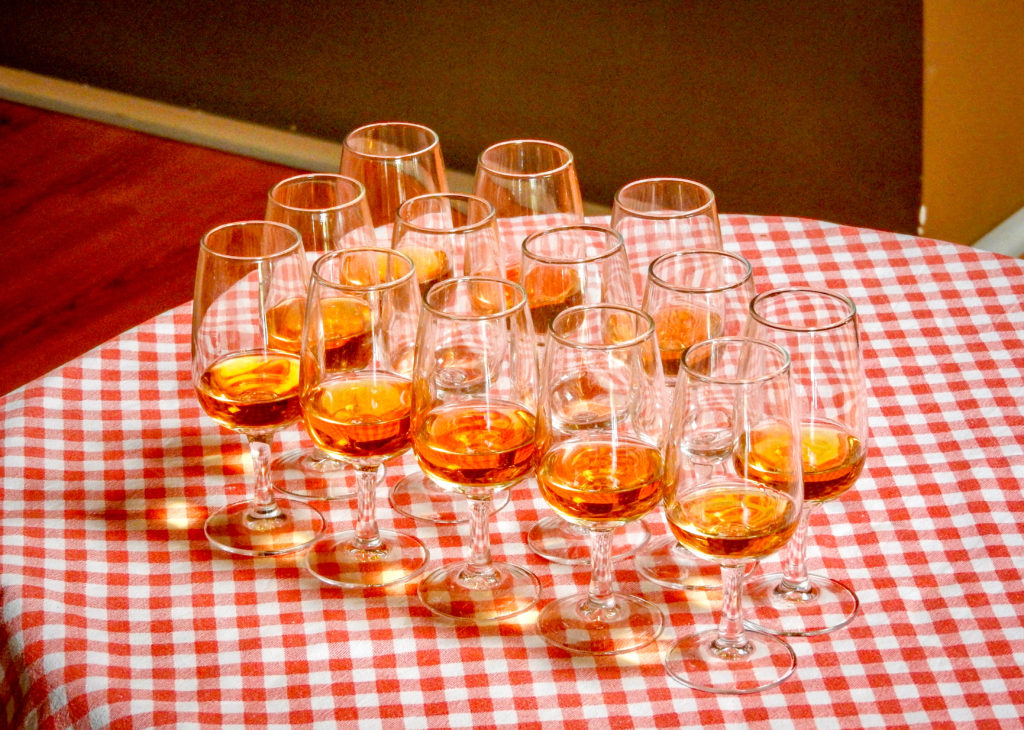
Could’ve used a few more glasses…
Porto Ribeiras
Since our main goal was Port tasting and experiencing the beautiful Douro wine region, we unfortunately were only left with a couple of days to explore the city of Porto. The highlights of our short stay were multiple leisurely strolls along the Ribeiras (riverfront promenades) of the Douro river, crossing the iconic double-deckered Dom Luis bridge that was designed by Gustav Eiffel, and enjoying the views from both the Porto and Gaia sides. The Gaia side is popular for all the Port cellars and tasting houses, where the Quintas would bring in casks from their Douro valley vineyards on Rabelo boats, then mature and store the Port before shipping them out to destinations all over the world. Walking along the Gaia side also gave us great views of the pastel colored houses dotting the hills on the other side of the river.
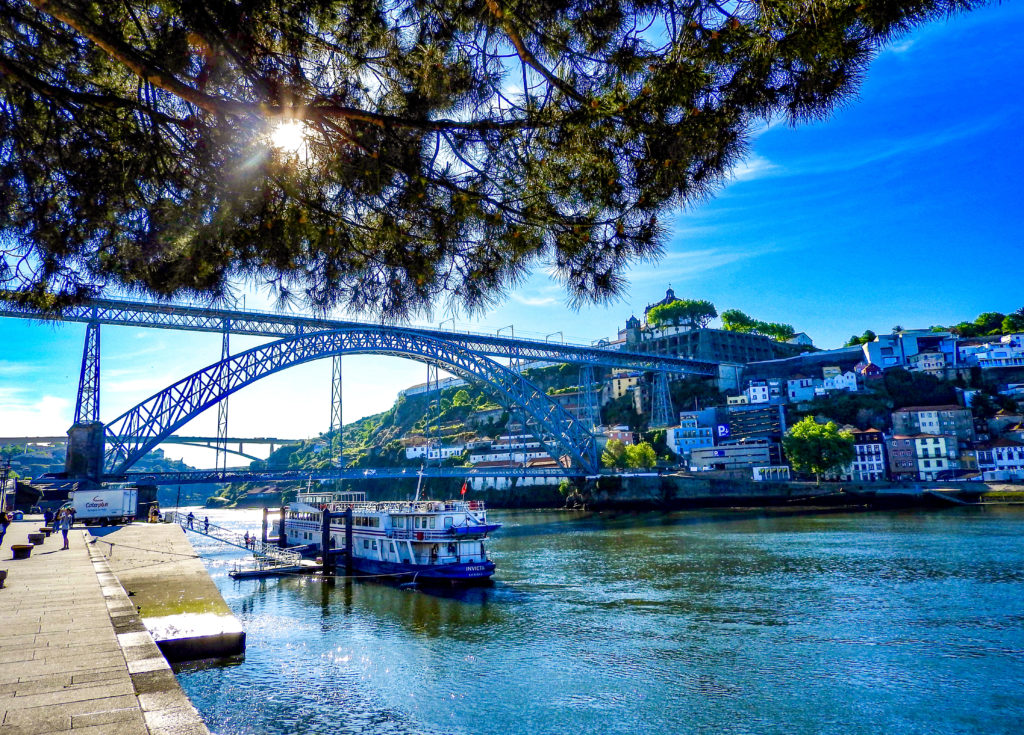
View of the iconic Dom Luis bridge
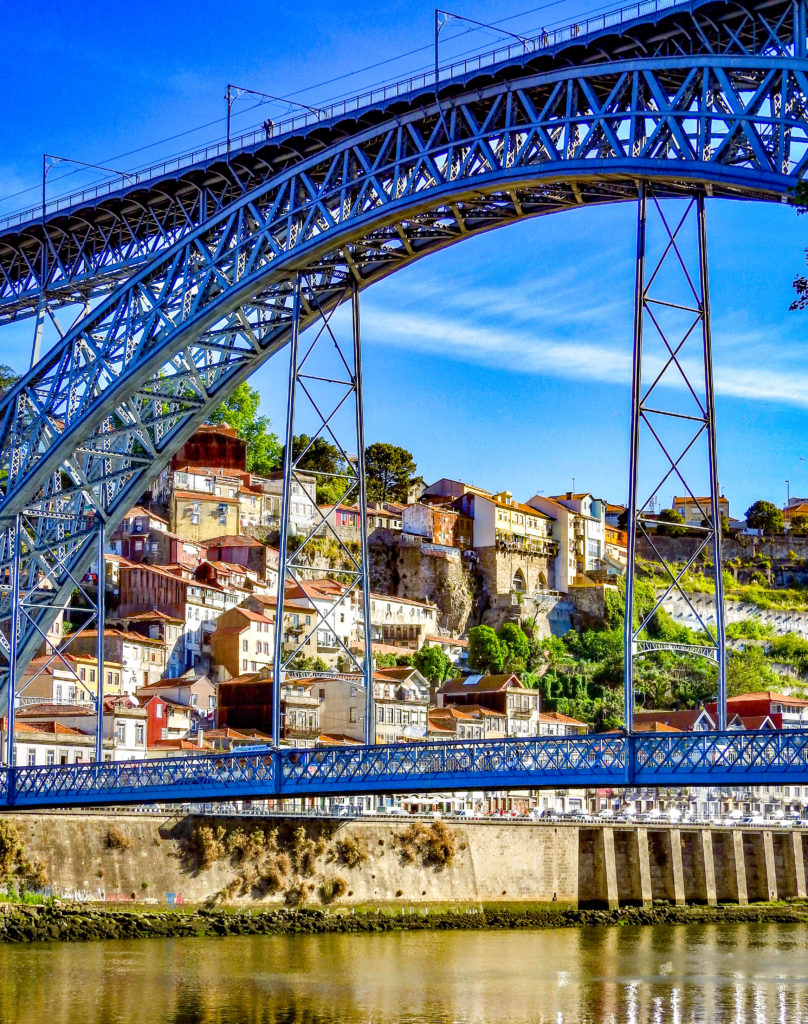
Views of Porto through the steel structure of Dom Luis bridge
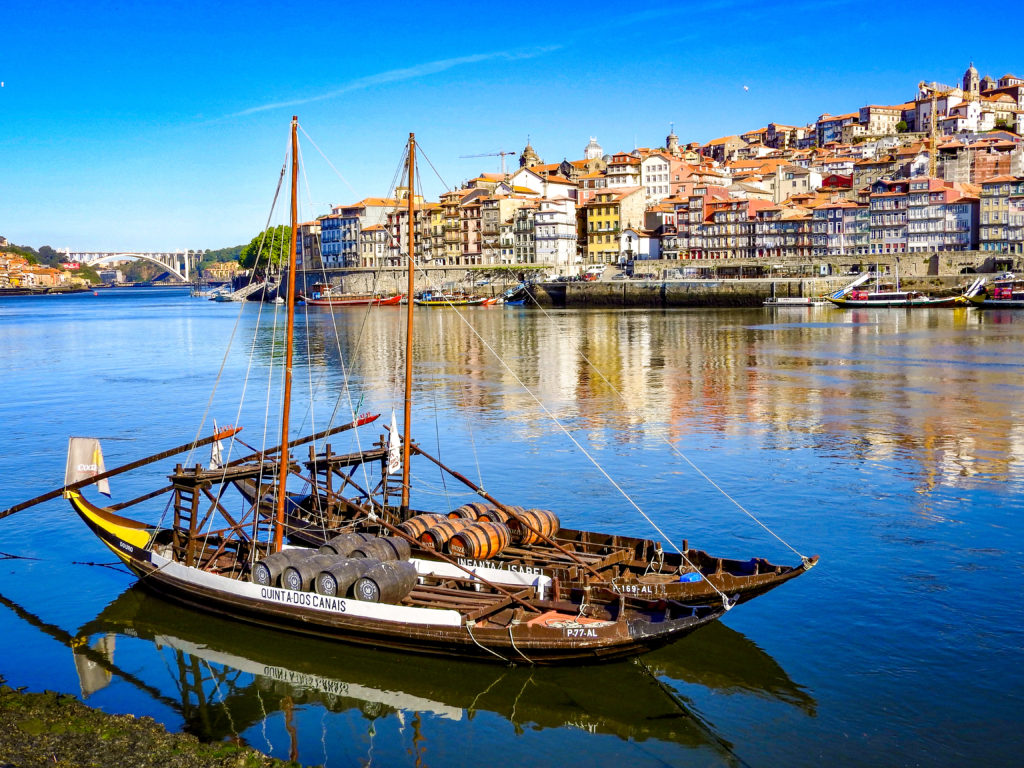
These Rabelo boats were once how casks of Port wine were ferried to the Gaia cellars from the Douro valley
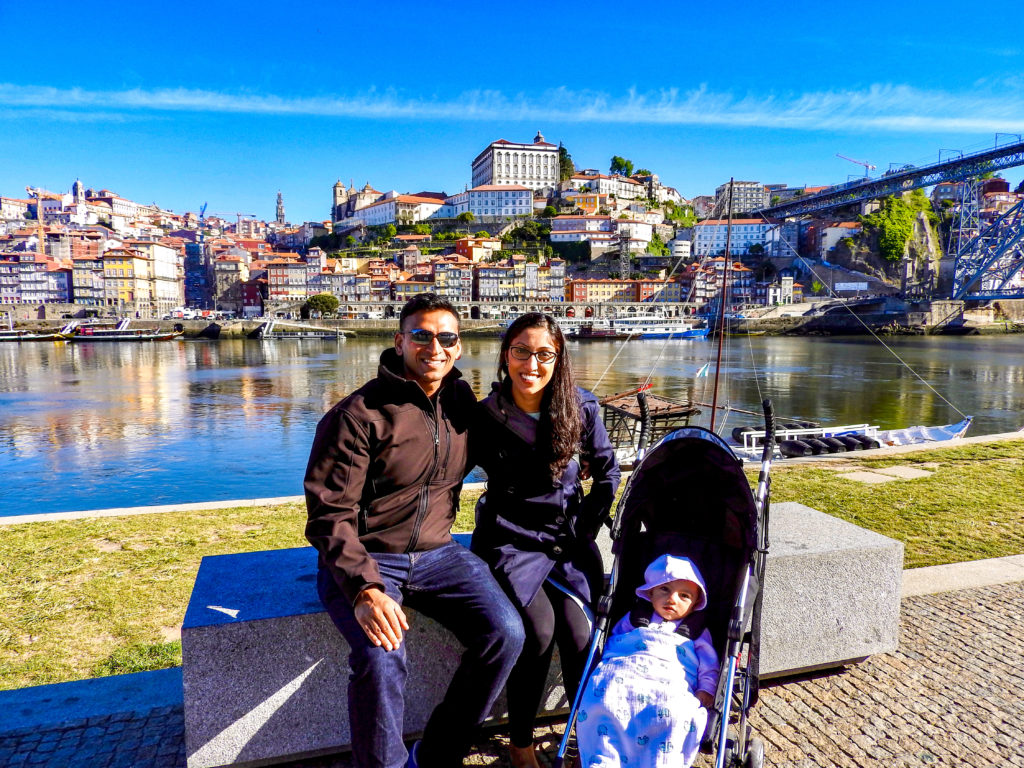
Soaking in some sun and the views across the Douro river
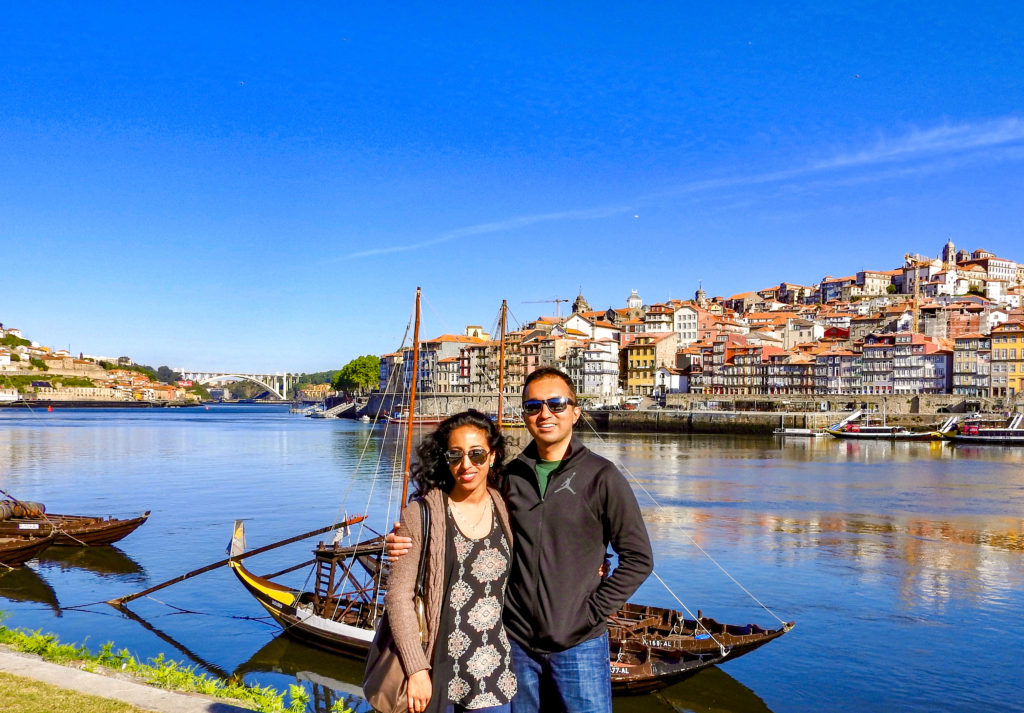
Lovely view of the Douro and Porto hilly skyline
Livreria Lello
Another highlight of our short yet highly enjoyable Porto stay was a visit to the Livreria Lello, considered to be one of the most stunning book stores in the world. Also known as Livraria Chardron, this is one of the oldest bookstore in Portugal as well. JK Rowling is rumored to have come up with the idea for the Harry Potter books while sipping daily coffees here during her 10yr stay as an English teacher in Porto. It’s easy to imagine how the magical bookstore with its twisting grand staircase, curved bright red steps, intricately carved wooden handrails and stained glass skylight would have been her muse.
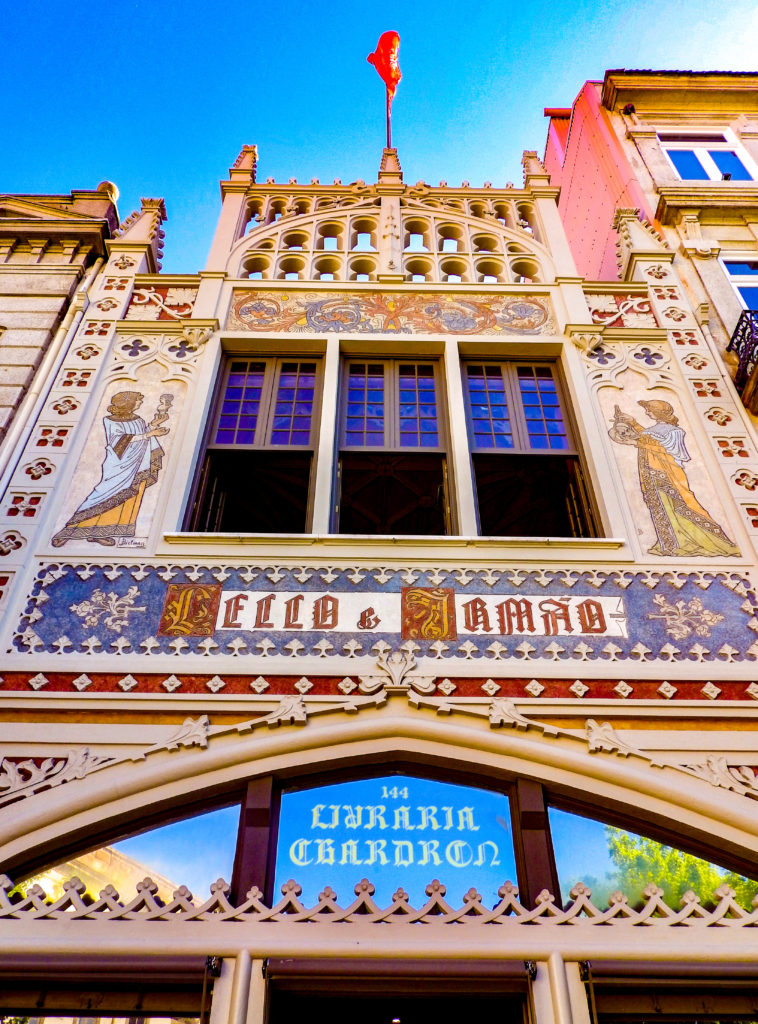
Colorful decorations adorning the entrance to the library
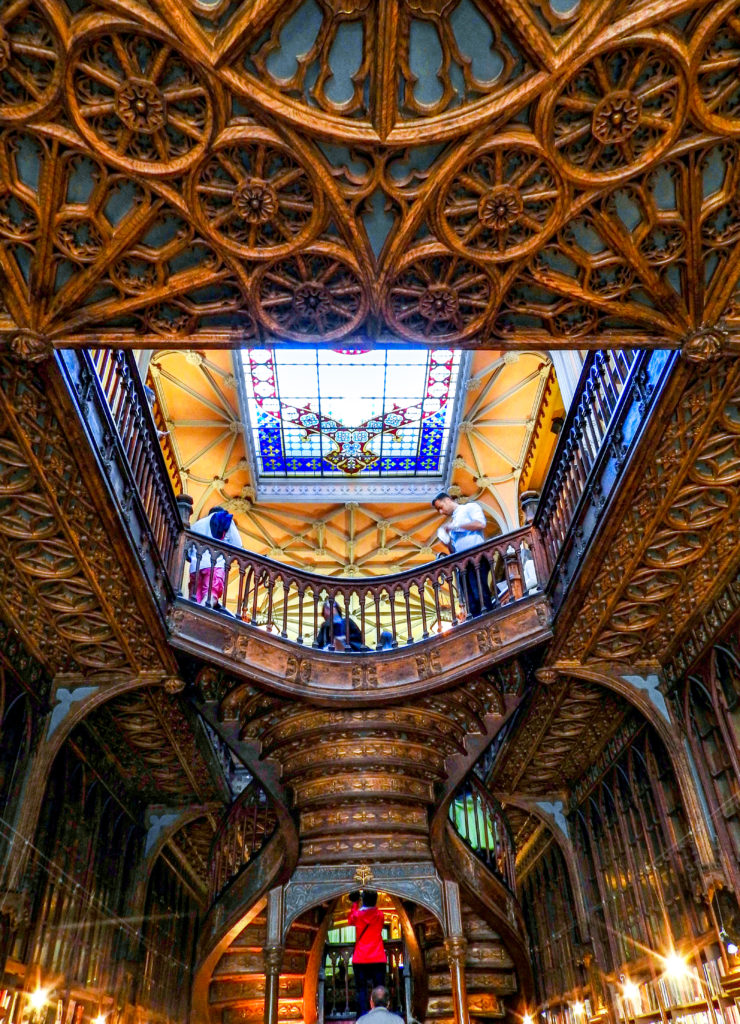
Intricate wooden carvings on the ceiling as we walk over to the famed staircase
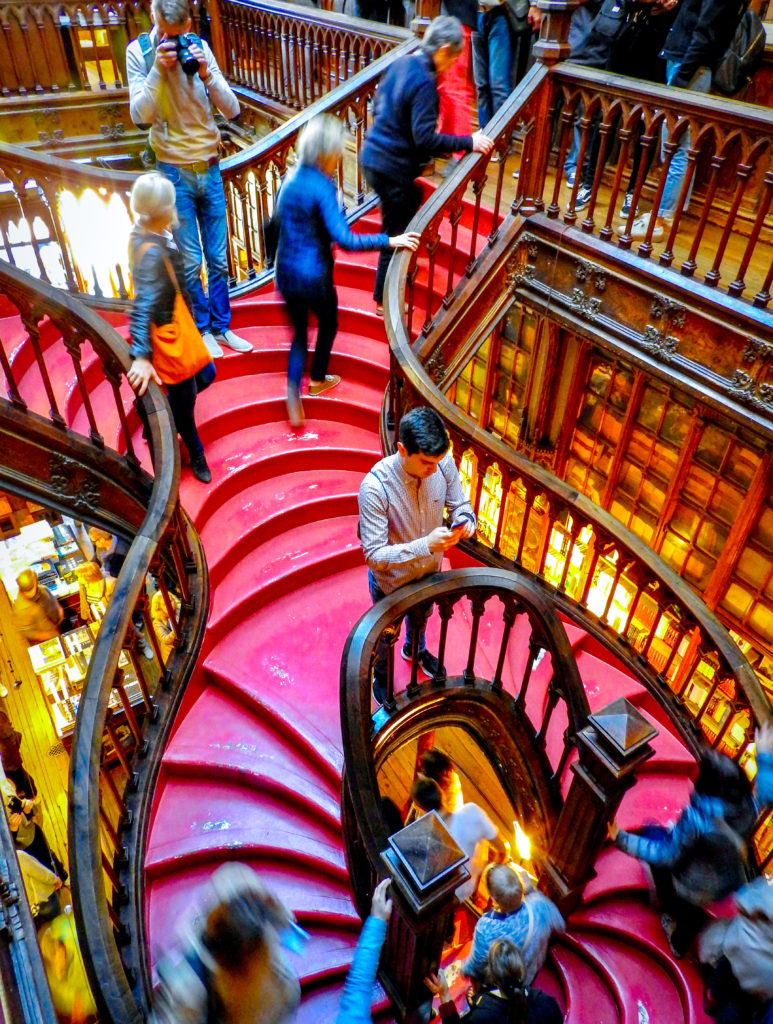
The stunning curved staircase is the centerpiece of the library’s interior

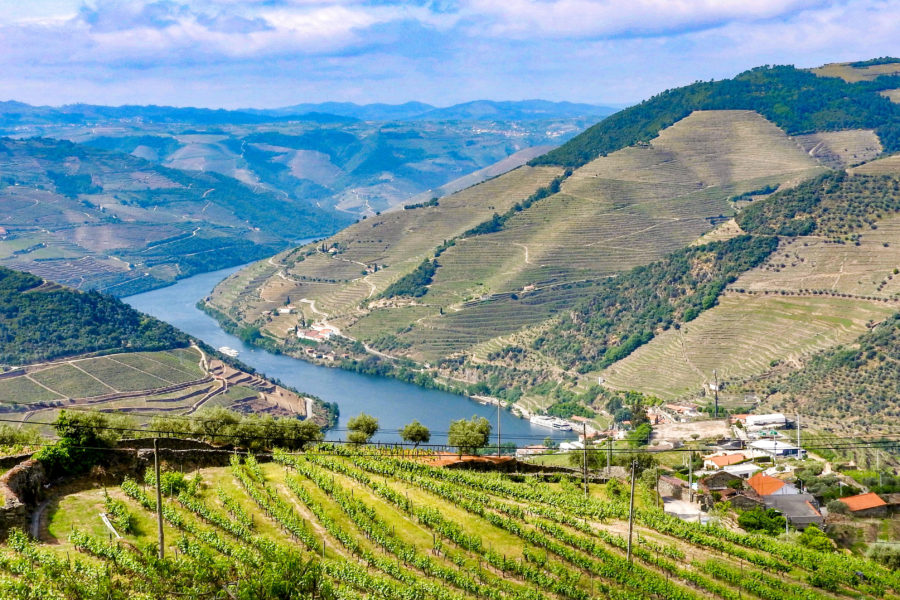


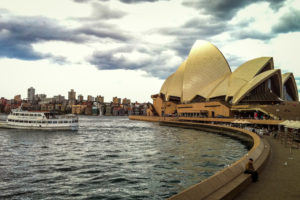




Leave a Reply
Please share your comments below!